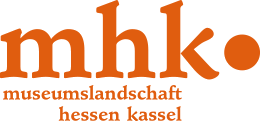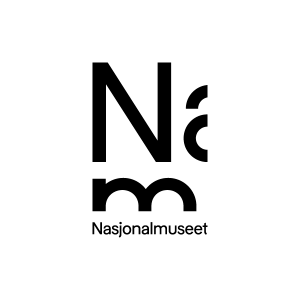Art X-Ray by NTB
X-ray systems for Museums & Galleries
Art X-Ray by NTB
X-ray systems for Museums & Galleries
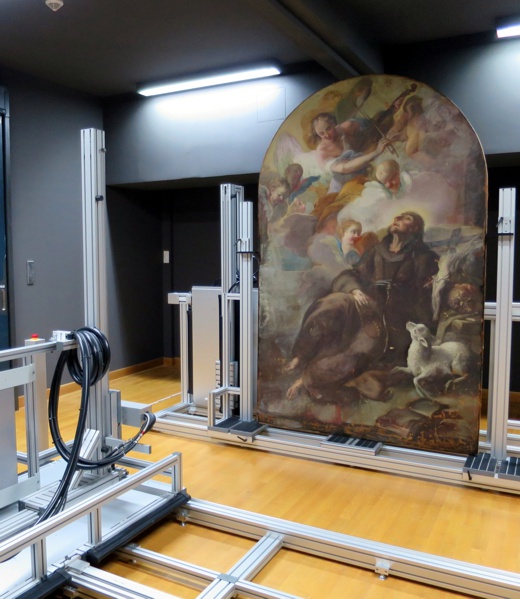
The painting of an unknown artist in the Art X-Ray machine at the Belvedere Museum in Vienna. Oil on canvas, 252 cm x 160 cm
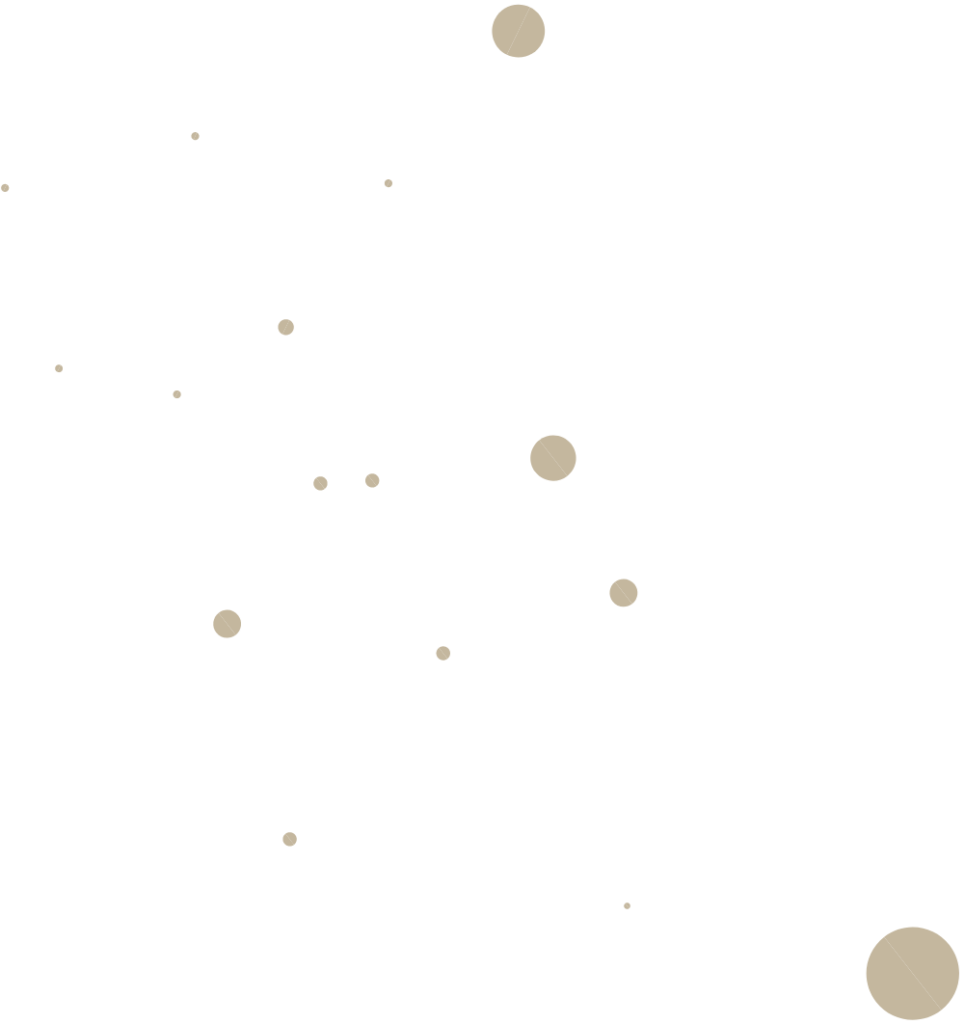
For museums & galleries
X-ray machines customized to your application
As a specialist in customized X-ray systems, we have made it our business to develop professional X-ray machines for the fluoroscopy of large-sized objects from art, culture and history.
Museums and similar institutions often use standard X-ray equipment to examine their objects. These are, for example, X-ray machines used in healthcare or in industry. However, they are intended for completely different applications, and their misuse inevitably involves compromises.
By contrast, our Art X-Ray system was custom-made from the outset for the X-ray examination of paintings and other large-sized objects. When designing a new system, we take into account the available space on site and the requirements of the museum. Our goal is to provide the perfect X-ray solution for your examination needs.
By contrast, our Art X-Ray system was custom-made from the outset for the X-ray examination of paintings and other large-sized objects. When designing a new system, we take into account the available space on site and the requirements of the museum. Our goal is to provide the perfect X-ray solution for your examination needs.
For conservation, restoration and research
One machine, many possibilities
Surprises are often hidden under a painting’s surface. Among other things, X-ray examination helps to determine authenticity, to classify the artwork, and to analyse painting technique and brushwork. Tiny pentimenti become visible as well as completely overpainted motifs. For restoration purposes, the X-ray image provides valuable information about the condition of the painting.
But it’s not just paintings that are X-rayed. Other art objects such as sculptures, antique vessels, historical pieces of furniture or archaeological finds also hold many secrets. What’s the internal structure of a sculpture? What technical connections hold a piece of furniture together? What’s inside a reliquary? These are just some of the questions that can be answered with our Art X-Ray machine.
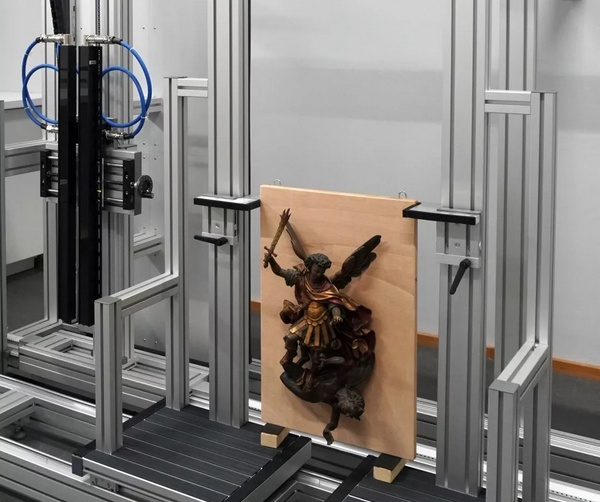

But it’s not just paintings that are X-rayed. Other art objects such as sculptures, antique vessels, historical pieces of furniture or archaeological finds also hold many secrets. What’s the internal structure of a sculpture? What technical connections hold a piece of furniture together? What’s inside a reliquary? These are just some of the questions that can be answered with our Art X-Ray machine.
Unique imaging technology
The Art X-Ray machine
Our Art X-Ray machines are much more efficient than conventional ones because they use high-resolution line-scan X-ray cameras to capture very large X-ray images in one single pass.
The image areas of the Art X-Ray machines built to date range between 1.3 m2 and 8.4 m2. This allows even very large objects to be X-rayed with a manageable amount of work, while the image quality (resolution and contrast) remains at a consistently excellent level, regardless of the size.
The image areas of the Art X-Ray machines built to date range between 1.3 m2 and 8.4 m2. This allows even very large objects to be X-rayed with a manageable amount of work, while the image quality (resolution and contrast) remains at a consistently excellent level, regardless of the size.
Brilliant X-ray images
The Art X-Ray gives you high-resolution and high-contrast X-ray images of the highest quality. Even the tiniest of details are revealed.
The painting in this example is in a deplorable condition. The canvas has been pierced at the top left, the varnish has yellowed and the surface is so dirty that you can hardly see anything, particularly at the top. The X-ray image, on the other hand, shows how much attention to detail the artist originally paid to the painting.
We take a closer look at this painting on a separat page:
Explore additional examples in our image gallery:


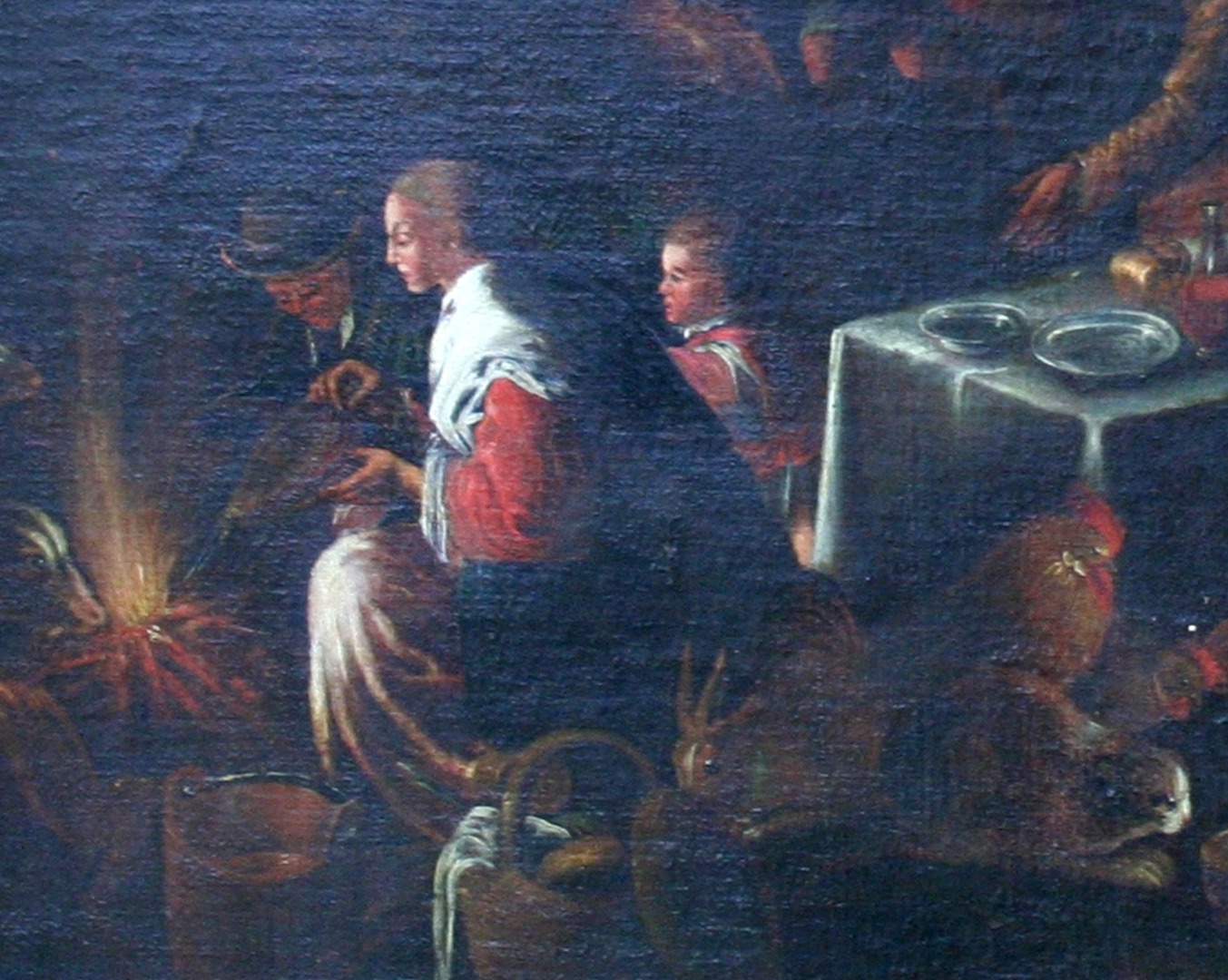
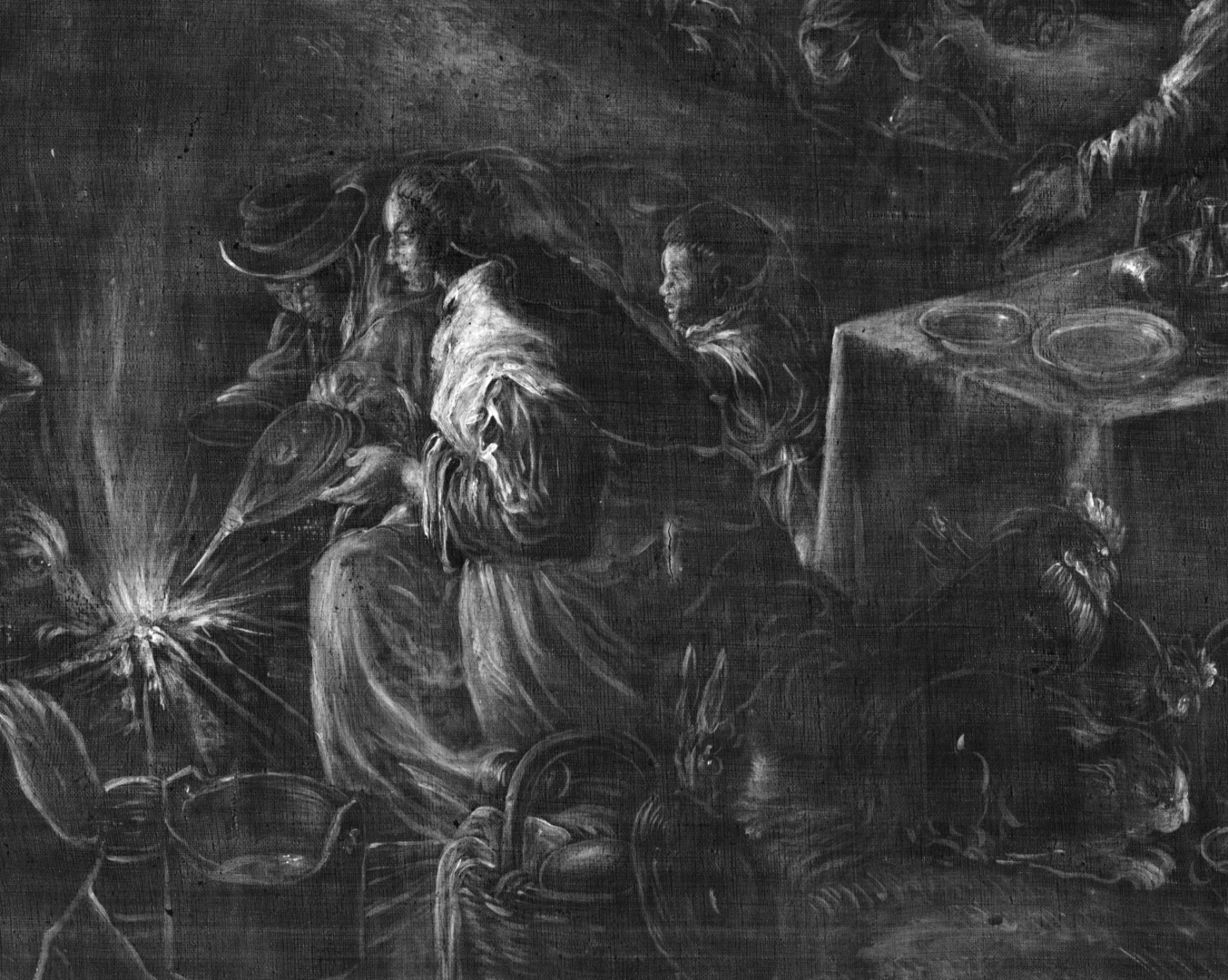
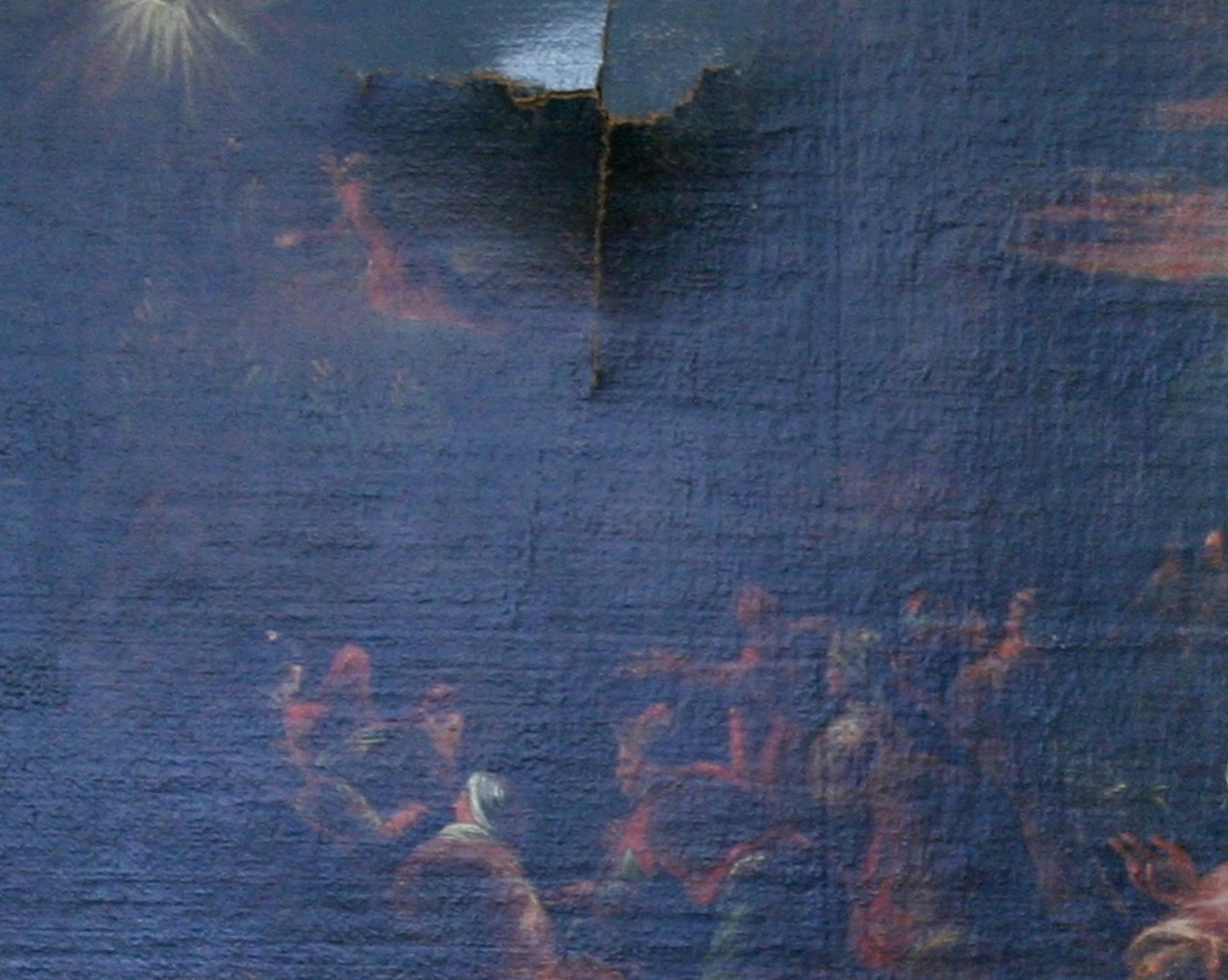
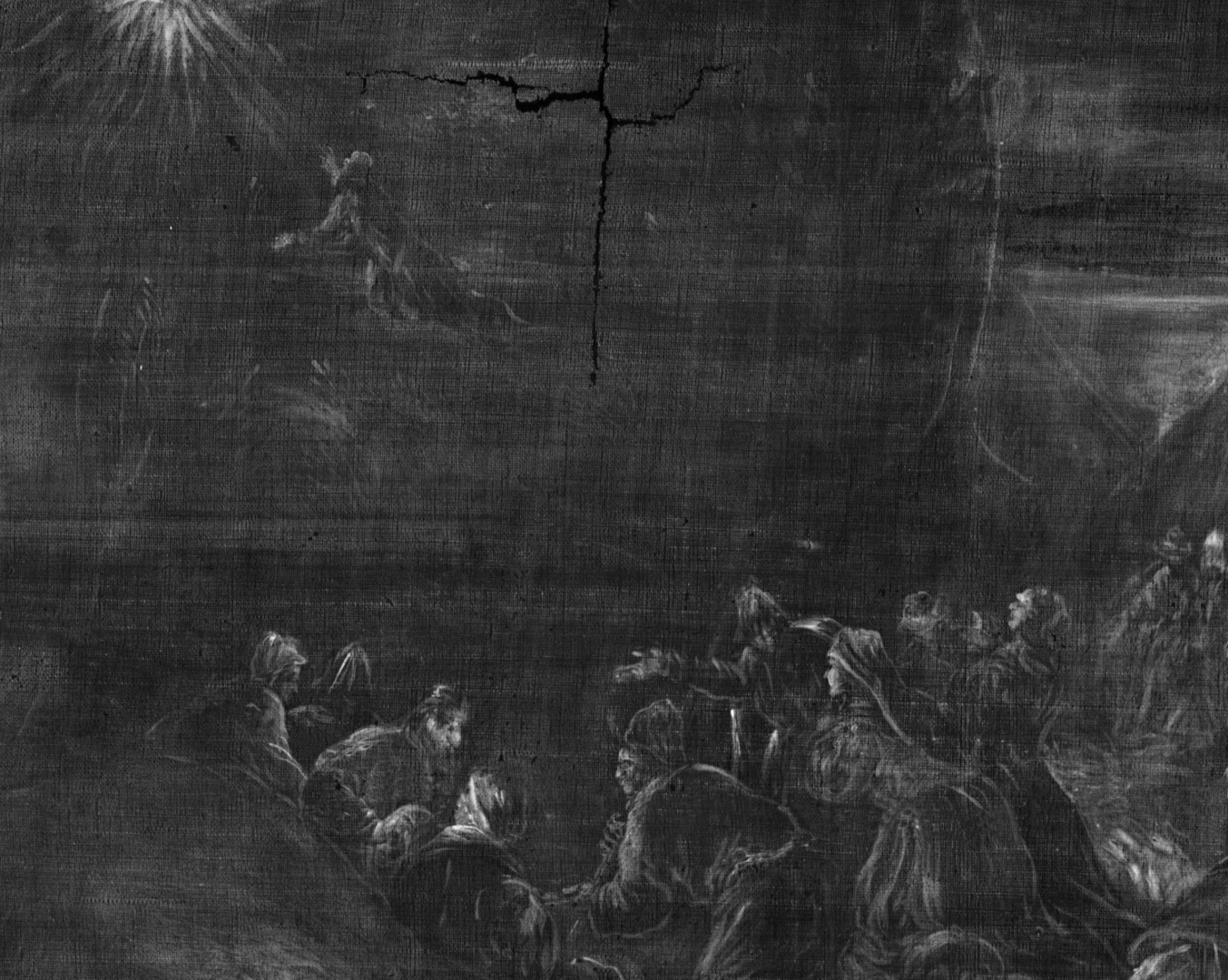
We take a closer look at this painting on a separat page:
Explore additional examples in our image gallery:

Belvedere: X-Posing the Invisible
Illustrated book: Art behind Art
Explore the hidden secrets of the collection at the Belvedere Museum Vienna through the comparison of X-ray images and photographs. Our coffee table book presents a selection of key works and the insights gained through X-ray technology.




